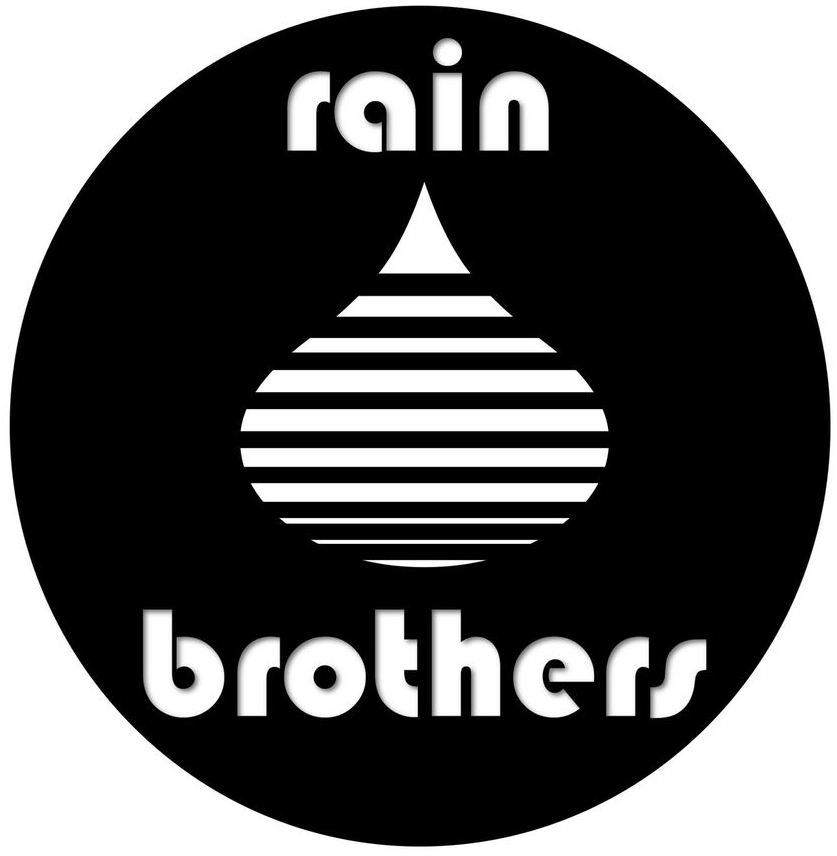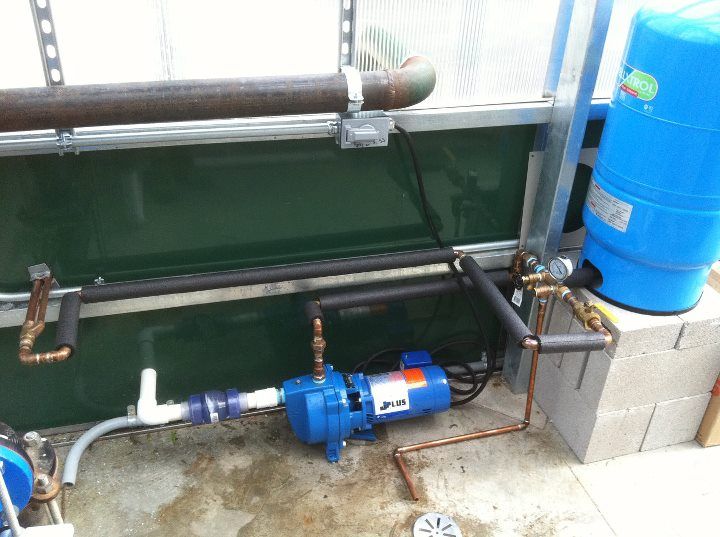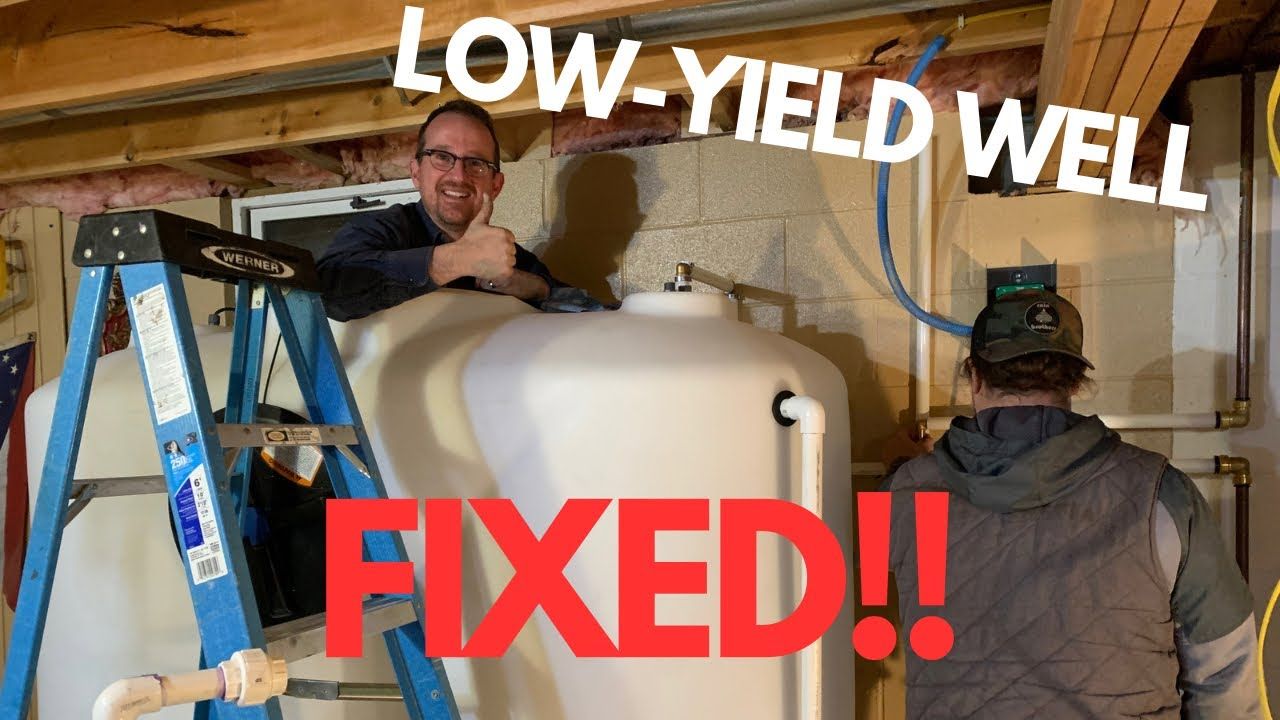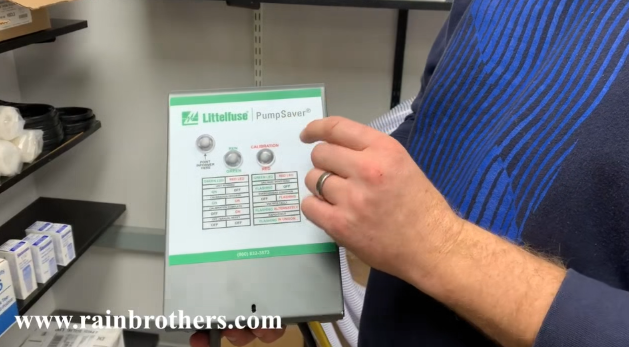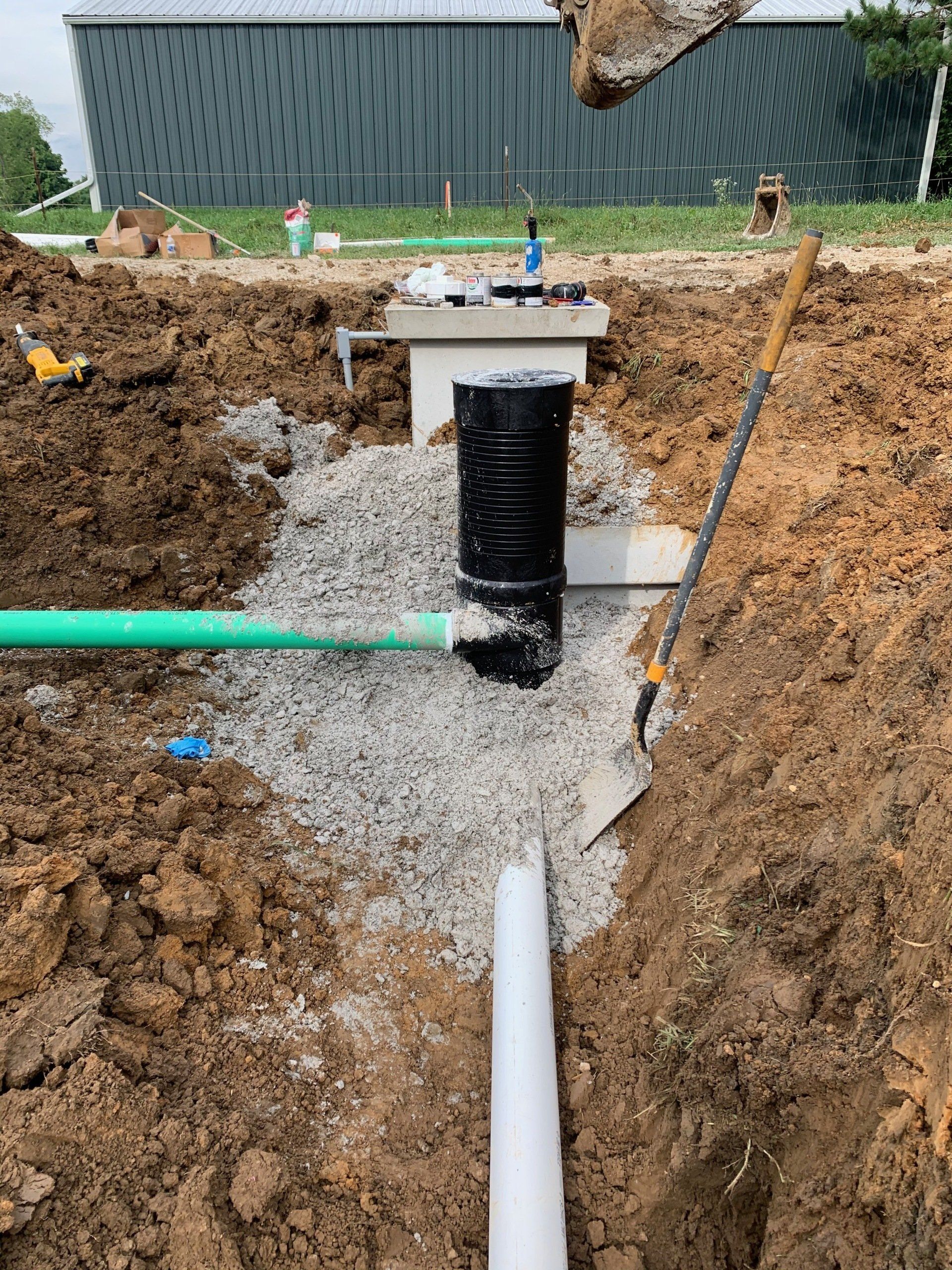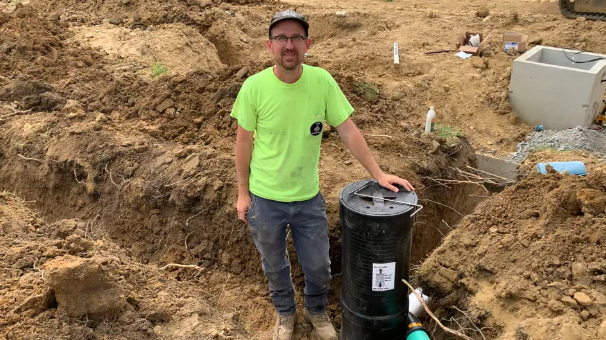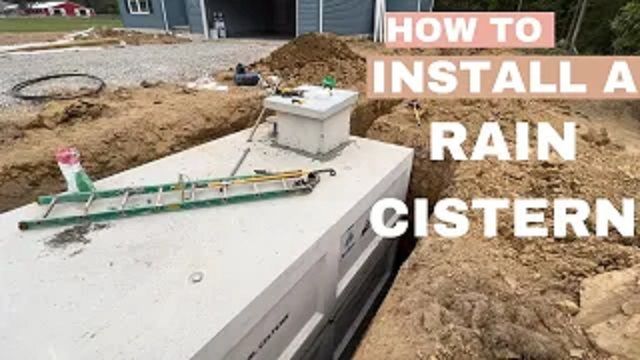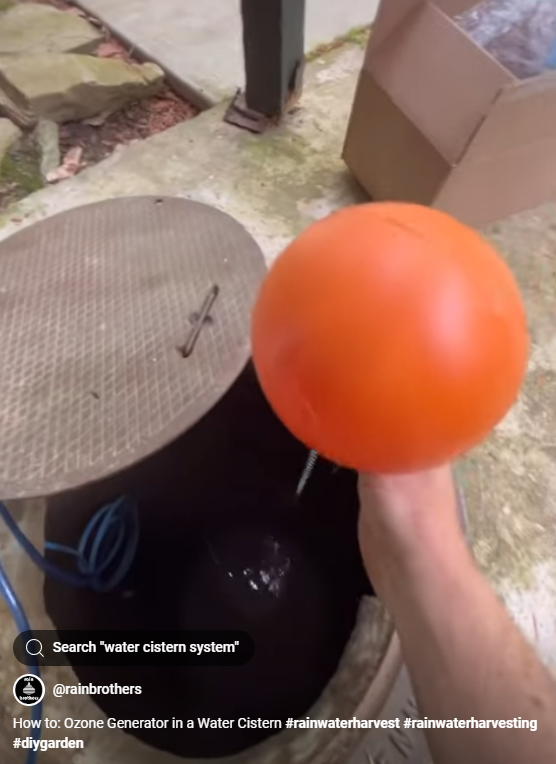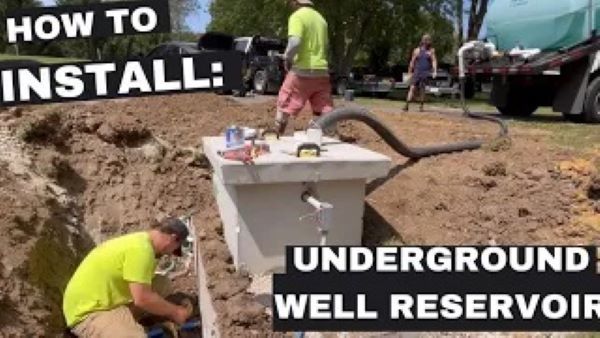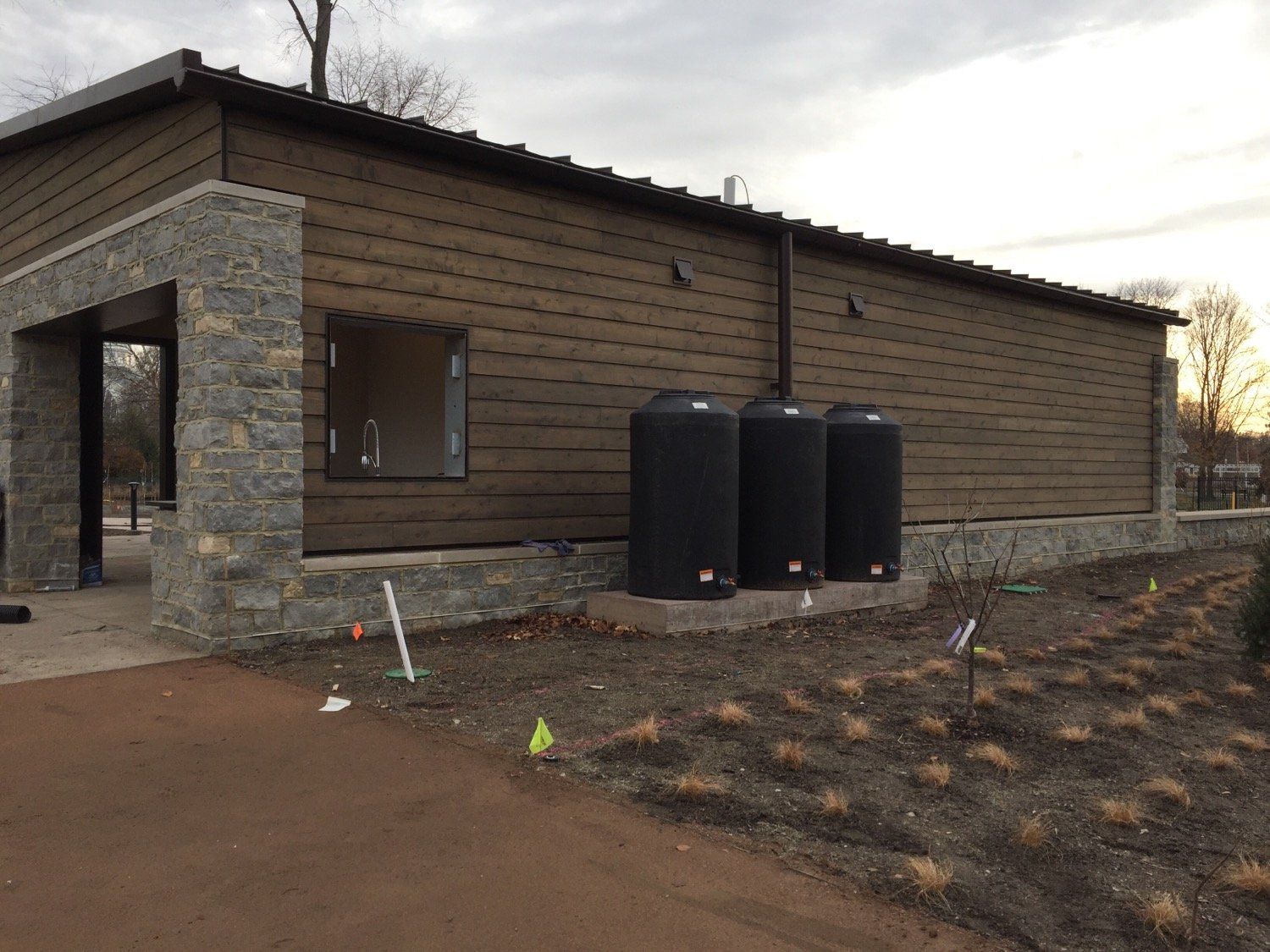Best option for a cistern pump?
Cisterns come in many shapes, sizes, and even types, so it is no wonder there is no set answer to a question we often get -- "What cistern pump should I use?"
After years of field experience, working with (and in!) hauled water tanks, spring tanks, brick cisterns, concrete block cisterns, and pre-cast concrete cisterns, we have developed a questionnaire for our customers in helping to pick the right cistern pump for them:
1) Will the pump be used to pressurize water just for an irrigation system, as in the case of a non-potable rainwater harvesting system? If so, then we actually recommend a specially-designed pump package that utilizes our Franklin C1 Cistern Pump and what's known as a pump start relay. A pump start relay communicates directly with an automatic irrigation controller, and every time the irrigation controller turns on a zone, a signal is sent to the pump start relay that, in turn, then creates an electrical circuit to turn the pump on. In other words, every time the controller starts a zone, through the use of our relay switch, the pump turns on, as well. Likewise, every time a zone turns off, the pump turns off, too. Setting up an irrigation system in this manner avoids having to install other pump controls and pump components (such as pressure tanks). Please do call us, though, to help design the package for you -- don't worry, it's not at all expensive! In fact, setting up a cistern irrigation system this way is by far the cheapest way to design an irrigation-only rainwater harvesting system. But there are a few other factors to consider in order to make sure the install is done safely and to make sure the pump is protected for years of solid use.
2) Do you just want the pump to feed a spigot (i.e., so you can use the cistern for manually watering a garden with a hose)? If so, then we highly recommend installing our Grundfos SBA pump and using 1" poly pipe to run to a frost-free yard hydrant. The Grundfos pump is a plug-and-play unit, meaning that literally all you have to do for installation is connect it to a power supply and connect it into your plumbing and you're good to go!
3) Are you using the cistern/ rain harvesting tank for your whole house supply? If so, then here is how we recommend weighing options:
*If cost (with quality, of course!) is most important, the Grundfos SBA is definitely the most cost-effective solution as it not only drastically reduces installation time, but it eliminates the need for additional components like a pressure tank and a pump control kit/ tank tee kit.
*If quality is most important, truly we only carry products that we have field tested and believe will hold up for the long haul. Any of our pumps (with the exception of our Wayne 1HP sprinkler pump, which is only meant for quick connection to an above-ground tank for irrigation purposes) will be a good option for quality.
*If ease of installation is most important, then, again, nothing is easier than the Grundfos SBA or the Grundfos MQ models. Someone with even minimal proficiency in plumbing will be able to install either pump in short time.
*If you want to ability to adjust and tweak the pump, then our Franklin C1 Cistern Pump is the way to go. The Franklin pump installs like a traditional well pump, so if you're wanting someone to install for you, this may be the model they are most comfortable with. While you'll need a pressure tank and a tank tee kit to complete installation (you may want to consider also using a pitless adapter inside the tank and a normally open float switch to protect the pump during low water events), the benefit of this pump is that the pressure switch that is included with the tank tee kit allows for some fine tuning in terms of operating pressure on the pump. Pressure switches operate between a differential (in most cases, between 40-60 PSI). However, the pump's performance (which is controlled by the pressure switch) can be fine-tuned by adjusting the tension in the pressure switch's springs. One caution: While adjustment and fine-tuning is possible with the Franklin pump, it is only recommended for those with experience in well pumps as the pressure tank's empty pressure also has to be adjusted. Also, while pressure adjustment is not possible with the Grundfos SBA pump, we have yet to have a customer who wishes it could be, as it is perfectly designed to supply average household pressure. In other words, the SBA pump is like being on town water supply, where pressure is not adjustable but it doesn't matter because it's sufficient.
*If you want constant pressure, the Grundfos SBA pump is, again, for you. Since the Grundfos pump does not use a pressure switch to operate, it does not operate within a wide pressure differential, but instead delivers constant, uniform pressure, similar to that of a more-advanced (and more costly) Variable Frequency Drive pump.
We hope this guide is helpful in choosing the right pump for your application. As always, please feel free to contact us with any questions, or if you would like us to walk you through the process of deciding which pump and which components would suit your situation best.
